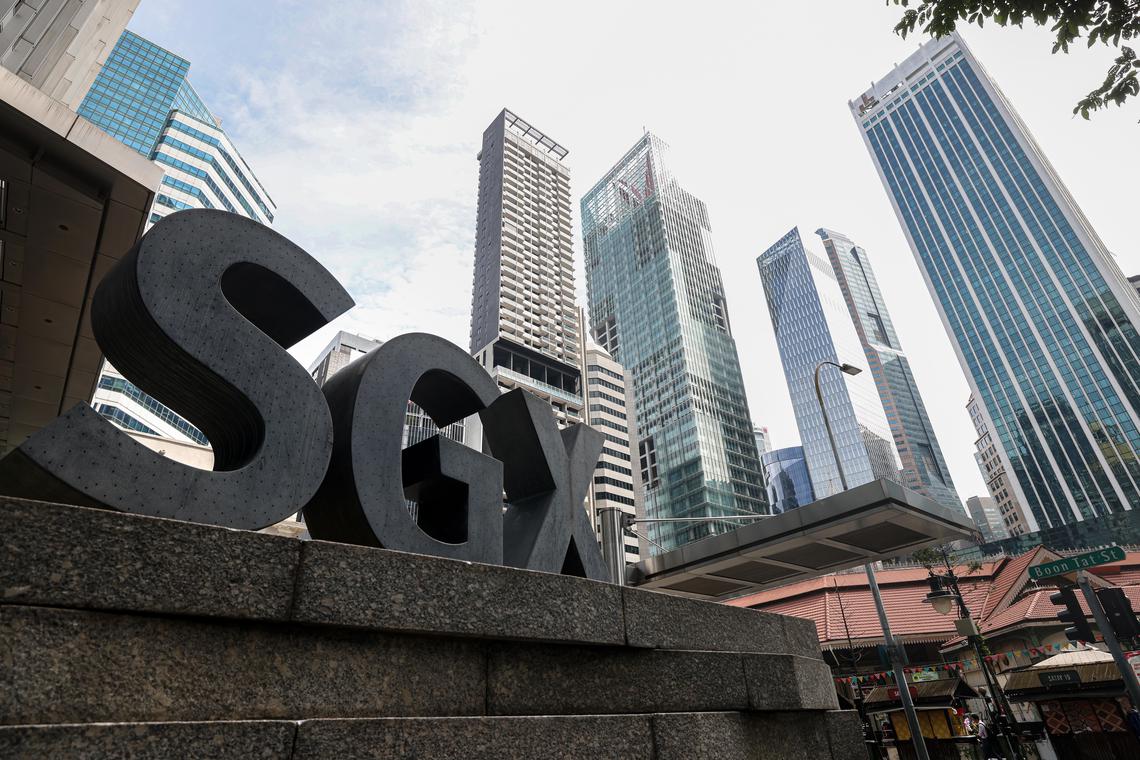Singapore’s Stock Market Hits Record Highs — Analysts Say the Bull Market Is Just Warming Up
Singapore’s Stock Market Hits Record Highs — Analysts Say the Bull Market Is Just Warming Up
By
David Goldfarb
Last updated:
August 4, 2025
First Published:
August 6, 2025

Photo: The Straits Times
A Quiet Giant Awakens: Singapore’s Market Rally Gains Momentum
Singapore's stock market has burst into the spotlight, reaching all-time highs and gaining strong traction among global investors. According to the latest data from LSEG, the Straits Times Index (STI) has surged over 23% since its April 9 low, signaling a full-fledged bull market.
But this isn’t just a short-term rally, analysts say—it could be the beginning of a more sustained upward trend, thanks to Singapore’s reputation as a financial safe haven in a world still navigating inflation, geopolitical uncertainty, and shifting interest rates.
Maybank: “Still a Baby Bull”
Analysts at Maybank have called the recent surge a “baby bull,” suggesting this is only the early phase of a broader long-term uptrend. They point out that the STI’s performance, though impressive, still lags some regional indices in terms of momentum, indicating further upside potential as capital flows shift toward stability and value.
In Maybank’s recent note, the bank emphasized that institutional investors are increasingly drawn to Singapore’s defensive traits—stable currency, low political risk, and strong dividend-paying stocks.
Aberdeen: Singapore’s Safe-Haven Appeal Is Real
Aberdeen, one of the world’s leading asset managers, attributes Singapore’s rally to its “safe-haven status.” Amid global volatility, the city-state offers something rare: macroeconomic predictability, tight regulatory frameworks, and a corporate sector with strong balance sheets.
Singapore also boasts one of the most attractive dividend yields in Asia. As of July, the average dividend yield on STI component stocks stood at 4.8%, compared to 2.1% on the MSCI Asia ex-Japan Index—making it a top pick for income-focused investors in uncertain times.
Where Is the Growth Coming From?
The STI’s sharp rebound has been driven by strong performance in several key sectors:
- Banking stocks, including DBS Group, OCBC, and UOB, have surged as interest rates remain elevated. DBS alone is up more than 18% year-to-date.
- REITs (Real Estate Investment Trusts) are recovering as expectations of U.S. rate cuts in 2025 grow, with net capital inflows returning to Singapore’s property sector.
- Consumer and transport companies such as Singapore Airlines and ComfortDelGro have gained on rising tourism and economic normalization across Asia-Pacific.
Foreign Funds Are Coming In
Singapore has also benefited from an inflow of international funds. According to data from the Monetary Authority of Singapore (MAS), net foreign portfolio investment in equities crossed SGD 4.5 billion in Q2 2025—up from SGD 2.7 billion in Q1.
A significant portion of that capital comes from institutional investors in Europe and the U.S., seeking exposure to Asian growth without the perceived risks of China or the volatility of emerging markets like India or Indonesia.
What Could Derail the Rally?
While sentiment is largely bullish, analysts caution that several headwinds remain:
- A delayed interest rate pivot from the U.S. Federal Reserve could pressure yield-sensitive stocks like REITs.
- Geopolitical tensions in the South China Sea or disruptions to global trade routes could hit export-reliant companies.
- Currency fluctuations and stronger U.S. dollar trends may curb foreign investor appetite temporarily.
Still, the overall outlook remains constructive.
The Outlook: More Room to Run
With inflation under control, GDP growth holding steady at 2.1% in Q2 2025, and a government committed to maintaining financial transparency and openness, Singapore is poised to remain a bright spot in Asia’s investment landscape.
For long-term investors, especially those seeking yield and relative safety, Singapore’s market offers a compelling value proposition. As analysts at JP Morgan recently noted in a regional outlook, “Singapore is no longer the quiet outperformer—it’s now a centerpiece of Asia’s stability trade.”
Popular articles
Subscribe to unlock premium content
Disney’s Timeless Magic and How the Entertainment Giant Continues to Shape Culture and Innovation

Imran Khan’s Economic Missteps Amid Political Chaos in Pakistan

The Philippines’ Digital Shift How Remittances and BPO Are Fueling Growth

Disney’s Timeless Magic and How the Entertainment Giant Continues to Shape Culture and Innovation

Imran Khan’s Economic Missteps Amid Political Chaos in Pakistan

Disney’s Timeless Magic and How the Entertainment Giant Continues to Shape Culture and Innovation









